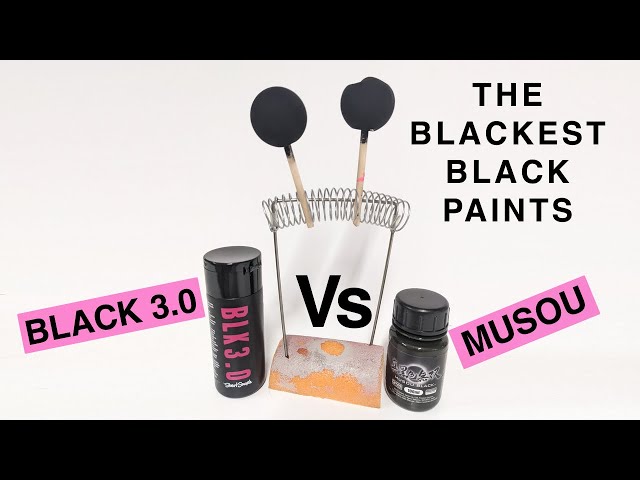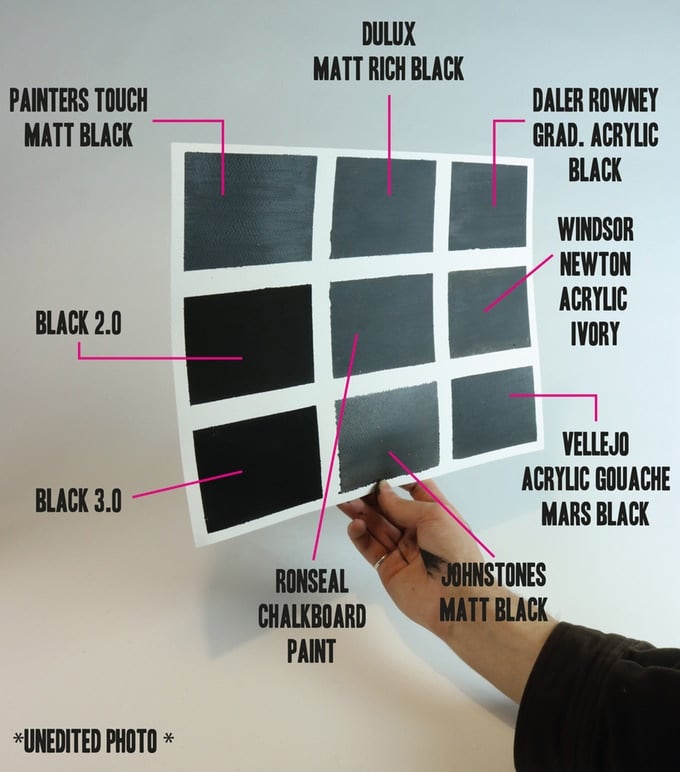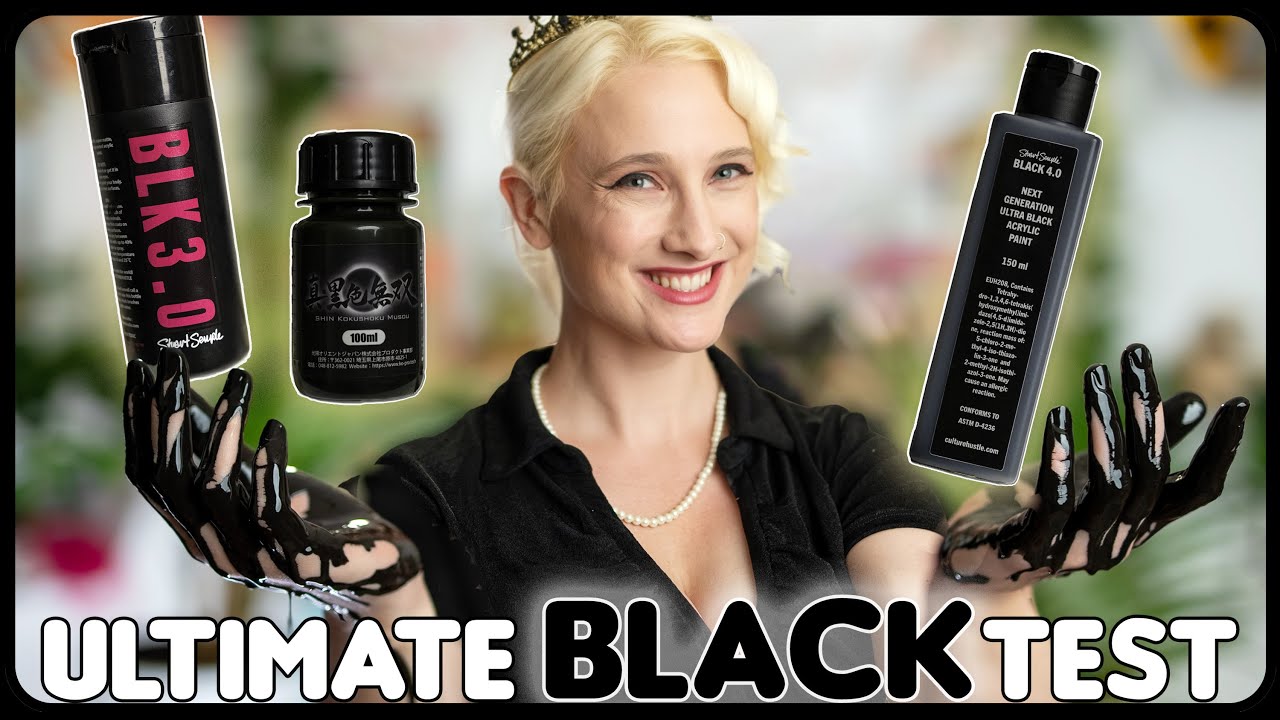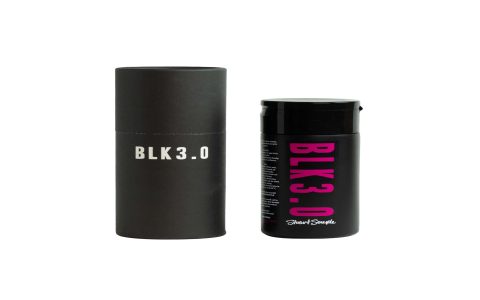Vantablack and Black 3.0 are both renowned for their extreme blackness but differ significantly in composition, application, and accessibility.
Vantablack
Developer: Surrey NanoSystems
Composition: Vantablack is not a paint or pigment but a coating made of Vertically Aligned Carbon Nanotube Arrays (VANTAs). These nanotubes are "grown" on a substrate.

Light Absorption: It absorbs up to 99.965% of visible light, making it one of the darkest artificial substances known. This exceptional absorption is due to light getting trapped within the forest of nanotubes.
Application: The application process involves a complex chemical vapor deposition technique carried out in a specialized reactor. It is not a product that can be purchased and applied by an end-user.
Availability: Primarily developed for aerospace, defense, and scientific applications (e.g., preventing stray light in telescopes). It is not generally available for public or artistic use, with access tightly controlled by Surrey NanoSystems.
Characteristics: Extremely fragile and can be damaged by touch. The effect is highly dependent on the integrity of the nanotube structure.
Black 3.0
Developer: Stuart Semple (Culture Hustle)

Composition: Black 3.0 is an acrylic paint. It uses a unique blend of pigments and novel matting agents to achieve its super-flat, light-absorbing finish.
Light Absorption: It is claimed to absorb up to 98-99% of visible light. While significantly blacker than conventional black paints, its absorption is less than Vantablack.
Application: It can be applied like a standard acrylic paint using a brush or spray gun, making it accessible for various artistic and creative projects.
Availability: Commercially available for purchase by the general public, marketed specifically towards artists as an ultra-black, ultra-matte paint.
Characteristics: Far more robust than Vantablack. It is water-based and non-toxic once dry, designed for ease of use in artistic applications.

Key Differences
- Material Type: Vantablack is a carbon nanotube coating; Black 3.0 is an acrylic paint.
- Ultimate Blackness: Vantablack absorbs a higher percentage of light (99.965%) compared to Black 3.0 (approx. 98-99%).
- Accessibility & Application Method: Black 3.0 is readily available and user-friendly. Vantablack is highly restricted and requires specialized industrial application.
- Durability: Black 3.0 is significantly more durable for everyday artistic applications. Vantablack is exceptionally delicate.
- Cost: Black 3.0 is an affordable art material. Vantablack and its application process are very expensive.
- Primary Purpose: Vantablack is engineered for high-tech scientific and industrial uses. Black 3.0 is designed for artists and creative applications.
In summary, while Vantablack holds the record for light absorption and is a specialized technological material, Black 3.0 offers an extremely black, matte finish that is accessible and practical for artists and the general public.






